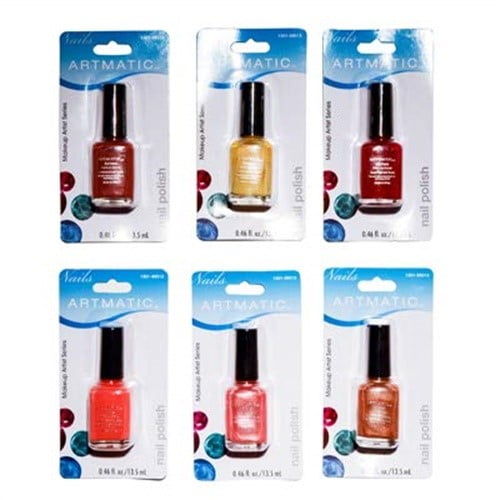
In 2003, Daniel Lanois, a producer for U2 and Bob Dylan, and occasional collaborator with Brian Eno, recorded an impromptu performance of Harold playing the piano in his Los Angeles living room, unaware it was released in 2005 as the album La Bella Vista. His thematic 2000 release The Room saw a return to a more minimalist approach. On Lovely Thunder, he introduced subtle electronic textures.

His two collaborations with Brian Eno, 1980's The Plateaux of Mirror and 1984's The Pearl, established his trademark atmospheric piano style. While he is often placed in the Ambient category, he emphatically declared that he was not an Ambient artist, and felt that he got "kidnapped" into the category. Budd developed a style of piano playing he deemed "soft pedal," which can be described as slow and sustained. The work with Eno led Bryars to shift his focus to studio led projects, characterised by use of synthesisers and electronic treatments, often collaborating with other musicians. Budd developed what he called a "soft pedal" technique for playing piano. Born in Los Angeles and raised in the Mojave Desert, Budd became a respected composer in the minimalist and avant-garde scene of Southern California in the late 1960s, and later became better known for his work with figures such as Brian Eno and Robin Guthrie. Harold Budd (– December 8, 2020) was an American avant-garde composer and poet. The Yes Album, were pushed much harder here, and not just in the music but in the packaging of the album: the Roger Dean-designed cover was itself a fascinating creation that seemed to relate to the music and drew the purchaser's attention in a manner that few records since the heyday of the psychedelic era could match.Įxplored position: 47 on Monday, December 6, 2021 The science-fiction and fantasy elements that had driven the more successful songs on. He writes: "Fragile was Yes' breakthrough album, propelling them in a matter of weeks from a cult act to an international phenomenon not coincidentally, it also marked the point where all of the elements of the music (and more) that would define their success for more than a decade fell into place fully formed. In his review for AllMusic, Bruce Eder gave the album five stars out of five.

In 2005, Fragile was included in the musical reference publication 1001 Albums You Must Hear Before You Die. The artwork for the album was the band's first to be designed by Roger Dean, who would design many of their future covers and stage sets. The opening track, "Roundabout", became a popular and iconic song. He was quickly replaced by Wakeman, whose experience with the electric piano, organ, Mellotron, and Minimoog synthesiser expanded the band's sound. The band entered rehearsals in London in August 1971, but Kaye's reluctance to play electronic keyboards led to his departure from the group. It was the band's first album to feature keyboardist Rick Wakeman, who replaced founding member Tony Kaye after the group had finished touring their breakthrough record, The Yes Album. Fragile is the fourth studio album by the English progressive rock band Yes, released on 26 November 1971.


 0 kommentar(er)
0 kommentar(er)
